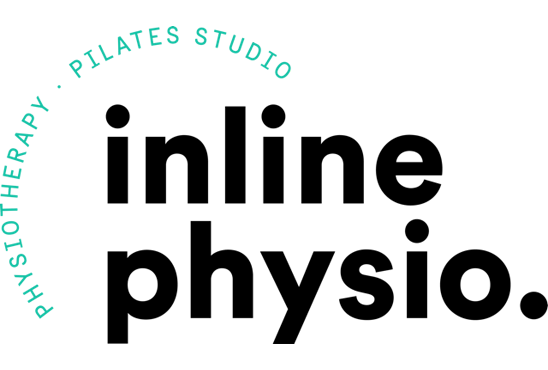
Insertional Achilles Tendinopathy – New Research Offers Relief
Are You Struggling with Heel Pain at the Back of Your Foot?
If you’re dealing with pain where your Achilles tendon meets your heel, you may be suffering from a condition known as insertional Achilles tendinopathy. It’s a common and frustrating injury, especially for runners, active individuals, and those who spend a lot of time on their feet.
Good news: new research is reshaping how we treat this condition, and the results are promising.
What Is Insertional Achilles Tendinopathy?
Insertional Achilles tendinopathy is a condition where the lower portion of the Achilles tendon (right where it attaches to your heel bone) becomes irritated or damaged.
This often happens due to repetitive or sudden overloading, which leads to microtears and degeneration in the tendon tissue rather than true inflammation. Over time, this can cause the tendon to thicken, weaken, and become painful, especially when compressed against the heel bone during activities like walking uphill or doing calf stretches.
Common signs and symptoms include:
- Pain at the back of the heel (especially during activity or first thing in the morning)
- Swelling or thickening at the tendon insertion
- Stiffness after periods of rest
- Pain when wearing shoes that press on the back of the heel
- Reduced strength and ankle mobility
It can affect both casual walkers and high-performance athletes. Until now, many rehab programs have treated all Achilles tendon issues the same way. But new research shows that insertional pain needs a more targeted approach.
Latest Research: A Gentler Approach Works Better
A groundbreaking 2025 study led by Lauren Pringels and her team investigated the best way to rehab this specific type of Achilles problem. The research, published in the British Journal of Sports Medicine, compared two treatment strategies:
- One group followed a “low tendon compression” rehab program, avoiding deep stretching and activities that compress the tendon against the heel.
- The other group used a more traditional approach, with general strength and mobility exercises.
The Results?
Patients who followed the low-compression approach saw faster improvements, less pain, and better function, and these benefits continued at the 6-month mark.
What This Means for You
This study confirms what many experienced physiotherapists have suspected for years: not all Achilles rehab is created equal. If your pain is right at the heel, you need a specific plan that:
- Avoids over-compressing the tendon (no deep heel drops!)
- Uses heel lifts and footwear adjustments
- Incorporates controlled strength exercises without aggressive stretching
- Focuses on gradual return to running or sport
Working with a physiotherapist who understands the latest evidence can make a huge difference in your recovery.
Who Is This Rehab Approach For?
This approach is especially helpful for:
- Runners with persistent heel pain
- Walkers and hikers with aching Achilles tendons
- Active people returning to sport after injury
- Anyone frustrated by failed treatment attempts for Achilles pain
Ready to Get Back on Track?
At our Inline Physio clinics in Samford, Ashgrove, and Moorooka, we’re staying ahead of the curve by using the latest research to guide our treatment plans. If you’ve been battling heel pain or want to return to running without the risk of reinjury, we can help.
Book a physiotherapy assessment today and take the first step toward a pain-free, active life.
See a Physiotherapist
👉 BOOK ONLINE or contact your nearest Inline Physio clinic today and take the first step toward a stronger, healthier posture with a trusted local Physio.
📚 Reference
Pringels, L., Capelleman, R., Van den Abeele, A., Burssens, A., Planckaert, G., Wezenbeek, E., & Vanden Bossche, L. (2025). Effectiveness of reducing tendon compression in the rehabilitation of insertional Achilles tendinopathy: a randomised clinical trial. British Journal of Sports Medicine, 59(9), 640–647. https://doi.org/10.1136/bjsports-2024-109138



